Kendo in JakartaKendo in Jakarta
With the slightly cold winter months upon us, I would like to share something I wrote back during the summer while I attended practice at the Jakarta Kendo Association in Indonesia. Both to warm ourselves from this admittedly not incredibly cold weather, and because the new season is almost starting! And just to remind you, next Saturday is the bring-your-own-boo..-uh..-dinner-party. I hope to see you all there!
First Impression before the training:
The moment the cab drove up the driveway of the school I could tell the super typical shape of a Japanese school. And from all the nice architectural details I could tell this school had many facilities that most schools don’t. The school looks like something out of an anime and when I approached the actual auditorium/sports hall this feeling only increased. The school looks like as if someone had teleported a Japanese school from Japan into Indonesia.
Some numbers:
The hall where I practiced kendo has a stage on one end. Along the long walls there are many double doors that were opened as it was really hot and humid outside (35 degrees C, 100% humidity), so even the summer climate of Japan is the same. The floor is nice as well. Closely resembling that of the old Renshinjuku dojo, with the main differences being: it’s way way way larger even though the RSJ hall wasn’t exactly small either, and there are permanent shiaijo markings.
The composition of the kendoka at the JKA are roughly the same as at Renshinjuku as well with all generations and proficiency levels participating with roughly half of them being Japanese nationals. The number of kendoka was slightly higher than a regular training at Renshinjuku at around 30 people in total attending. The number of sensei was also higher than at Renshinjuku with 4 sensei attending instead of the regular 2 at RSJ. All sensei are of Japanese origin and I believe there were at least 2 ranked 7th dan, but I am not too sure about this right now.
The training roughly lasted from 9 am to 12 am, with the first half hour spent on kata (again like RSJ).
Training:
Similar to RSJ, the training seemed to be heavily focused on kihon. I was rather late due to “circumstances” (or “jam karet” as Indonesians would say) so after the warming up I was directed to the back room to get my bogu sorted. During this time I missed out on the first part of the training where I believe I heard the commands being given for Kirikaeshi and Men-uchi and such exercises. Once I was able to attend these types of kihon exercises continued.
Some of the exercises were Hayai-men, Hayai-kote-men, and Men ni taisuru oji-waza with a focus on forcing the motodachi’s men through the shidachi’s seme.
Then it was on to uchikomi-geiko (4 techniques) with the sensei and after a short break ji-geiko also with the sensei.
During the ji-geiko Ban-sensei told me where my striking distance was. So when he told me from exactly what distance I should attack my men-strike suddenly became a lot better. This was a rather bizarre insight, that I hope to keep with me.
Conclusion:
From what I have seen so far I could tell that the overall level of the kendoka of the Jakarta Kendo Association is quite similar to that of Renshinjuku with the exception that there doesn’t seem to be a core group of people who are disproportionately stronger like we have at Renshinjuku. At RSJ there seem to be a lot of beginners and a few very experienced kendoka with almost nobody in between, whereas at the JKA there’s also a sort of middle group i.e. the levels seem to be better proportioned at the JKA. As a result, the international shiai delegation of the JKA is of greatly varying proficiency. From what I’ve heard for example, some of the participants of the WKC from this dojo are only ikkyuu, and others 3rd dan.
On a more personal note, I was also told that my men is very nice. I tried to figure out why I had been told this as the type of training here is almost exactly the same as the training I receive at RSJ. I think it might have to do with my shiai experience which seems to be quite a bit higher than the average over here combined with my length which is exceptional for Indonesian/Japanese standards that makes it somewhat easier for me to score a nice men on a shorter person.
All in all the JKA seems to be like a larger, more Japanese version of Renshinjuku. Especially compared to the (small number of) dojo I have ever visited, which are all Dutch.
Thanksgiving:
At any rate, I’m incredibly thankful that I have been able to participate in kendo training in the country in which my mother is born. And I hope I can attend the training at the Jakarta Kendo Association twice more before I return to the Netherlands on the 24th of this month.
よろしくお願いします!
http://www.jjs.or.id/toppage/top.html
This was my account of my training in Japan. I had already published it back in September on my Facebook, but I thought it would be nice to share it here as well.
Please don’t forget to attend training on Saturday, January 10th for the opening of the new year practice and -party!
Zie de Engelse versie van de website.

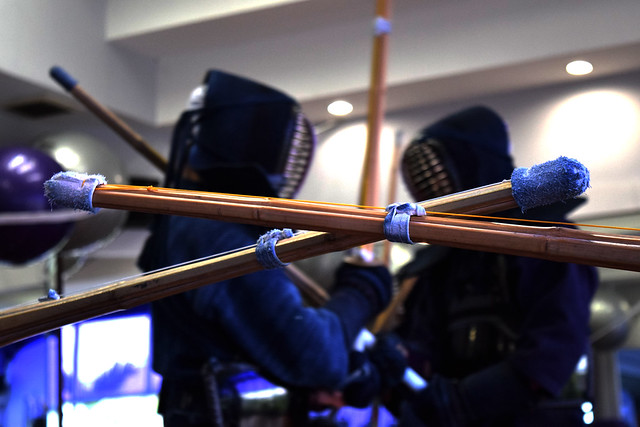
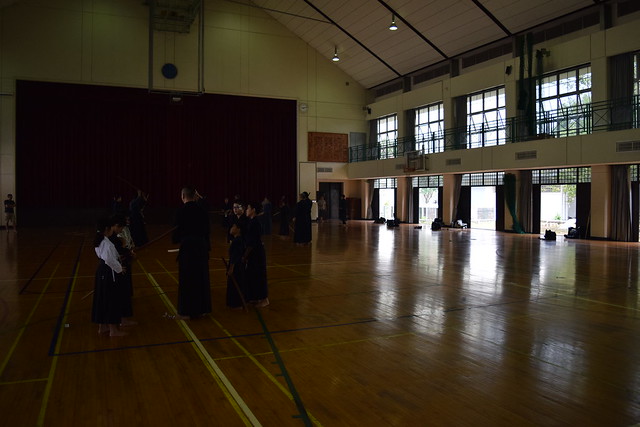
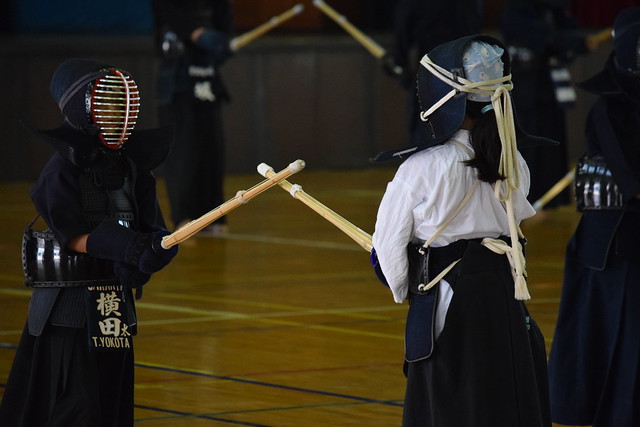
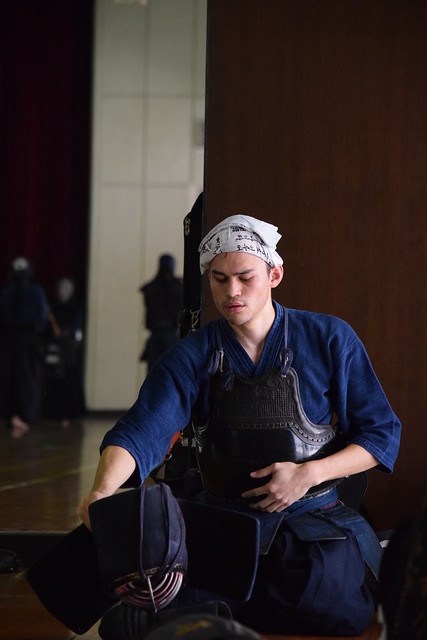
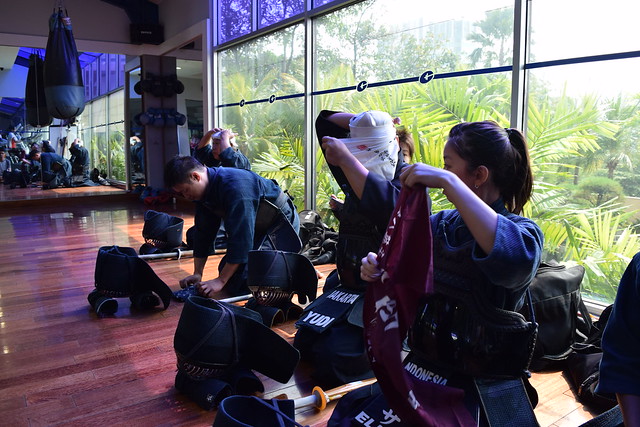

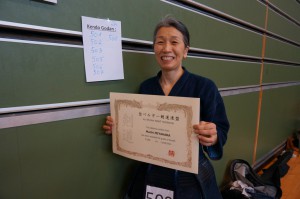 Vol trots en plezier leerden wij dat onze Miyahara-sensei afgelopen weekend is geslaagd voor haar examen van de vijfde Dan. Ze heeft er de afgelopen jaren hard voor gewerkt!
Vol trots en plezier leerden wij dat onze Miyahara-sensei afgelopen weekend is geslaagd voor haar examen van de vijfde Dan. Ze heeft er de afgelopen jaren hard voor gewerkt!